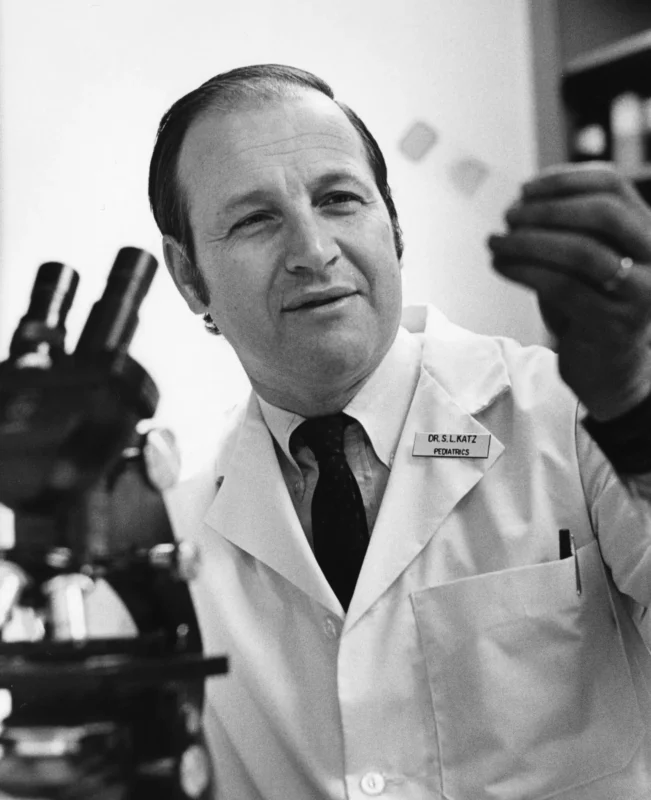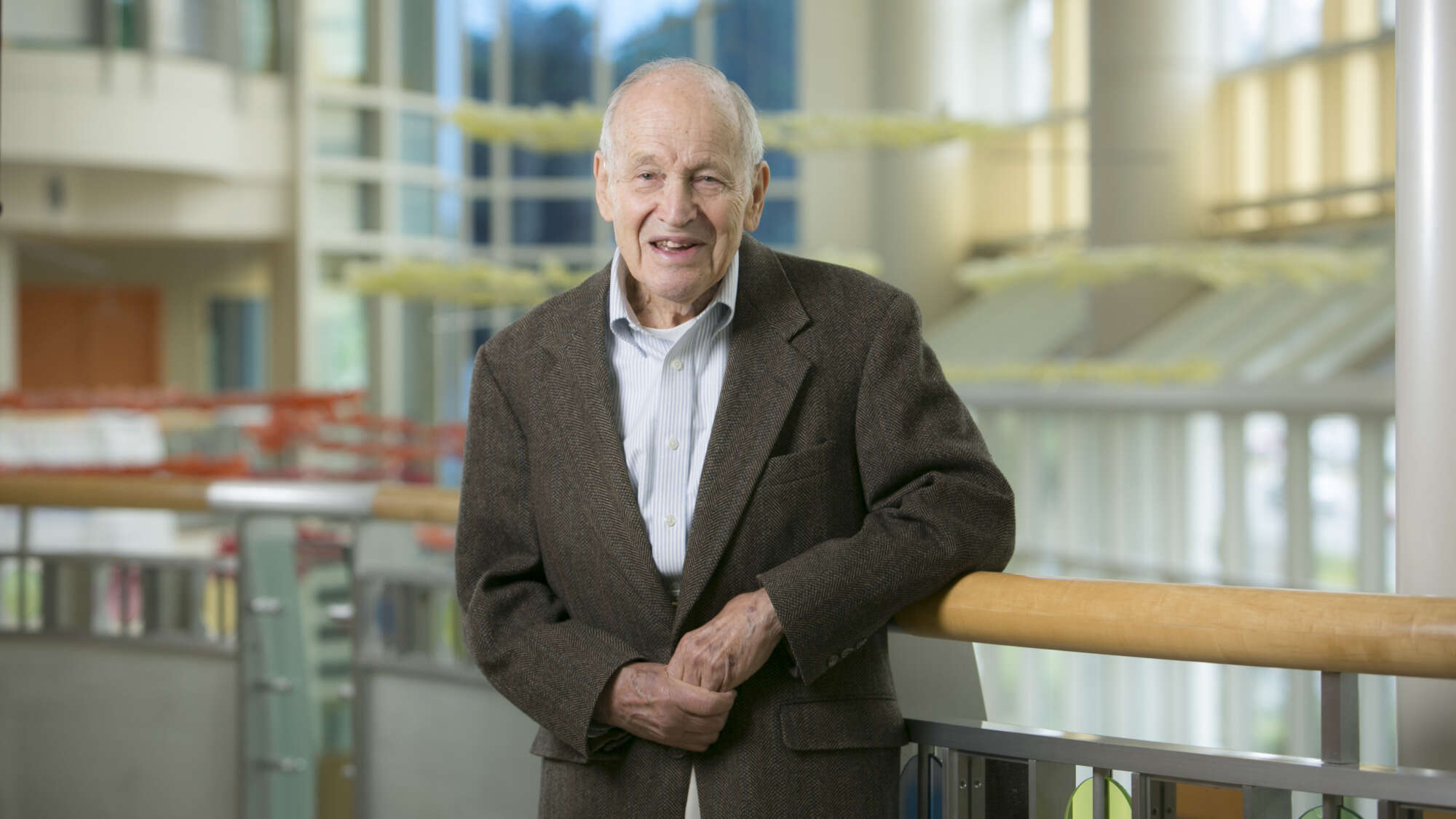Dr. Samuel Katz made monumental contributions to pediatric health and vaccinations before his passing on October 31, 2022, at the age of 95. His career was proof that one dedicated individual can have a profound impact on global public health.

Born on May 29, 1927, in Manchester, NH, Samuel Katz initially studied journalism at Dartmouth College, but quickly switched to medicine after a stint in the Navy during World War II. Moving on to his medical studies at Harvard Medical School, he was drawn into the world of virology under the tutelage of John Enders, a Nobel Laureate. This collaboration marked the beginning of Katz’s lifelong battle against infectious diseases, which included the development of the measles vaccine.
The vaccine, developed with Enders, became a cornerstone of pediatric healthcare after its approval in 1963, leading to a dramatic decline in measles cases worldwide. This achievement alone would have sufficed to secure his legacy, but for Katz, it was just the beginning. After his groundbreaking work on the measles vaccine, Dr. Katz continued his research into other diseases, contributing to vaccines against polio, rubella, influenza, and more.
In 1968, Dr. Katz took on the role of chair at the Duke University Department of Pediatrics, a position he held for over two decades until 1990. Under his leadership, the department flourished and gained national prominence.
Dr. Katz’s advocacy went beyond academic and clinical settings—he was a fierce proponent of global vaccination efforts, working with the World Health Organization and often traveling to underserved areas to promote immunization against preventable diseases. He also put his expertise to work in public health policy, chairing numerous influential committees, including the Advisory Committee on Immunization Practices (ACIP) at the CDC and the Committee on Infectious Diseases of the American Academy of Pediatrics.
Throughout his illustrious career, Dr. Katz received numerous awards and honors, recognizing his contributions to medicine and humanity. From the prestigious Albert B. Sabin Gold Medal to honorary degrees, his achievements were celebrated worldwide.
Even beyond his professional achievements, Samuel Katz was remembered by colleagues as a compassionate clinician and a visionary leader. His legacy in the field of pediatric healthcare and his contributions to vaccine development continue to save lives around the world every day.
